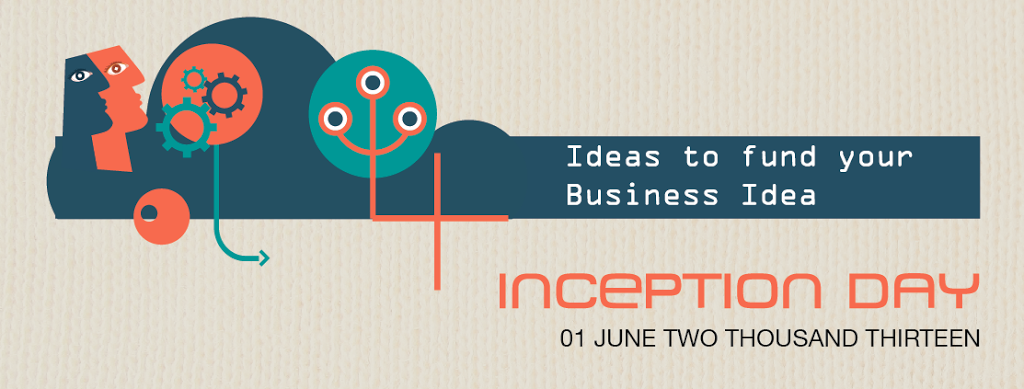Team Blog by Mala Dhalani – Head, Marketing Services @ IBS
For someone who dreamed of the “Brand Manager” designation while at B School, I have spent the first four years of my corporate life in Sales. As if being a Sindhi was not enough, numbers assumed a different level of importance in my life because of sales. Targets, Pipeline, Month-Ends, Pressure, Cheque – all became an inextricable part of my vocabulary. With pressure levels at most times being higher than the humidity levels in Chennai, I have seen many a people try their hand and succeed or fail at this art of sales. Now, no longer a “salesperson”, I can stand back, take a look and weigh exactly how much of a value add the last four years have been and I am amazed. Some very important learning’s as I look at them:
Empathy – Sales has certainly taught me to be more human. I no longer shoo away salesmen of vacuum cleaners or brash fully disconnect the call on a credit card salesperson. I know the grit, the hard work, the motivation and the sheer courage that it often takes to either land up on the doorstep of a stranger or to try and convince someone you do not know to buy something (in some case they do not even know what they are selling J ).
Getting over your biggest fear “Rejection” – If you are afraid of rejection, I strongly recommend a sales stint. It happens so often that you have no choice but to get over it! I would rate this as one of the top three learning. Sales has made me tougher, helped me get over my inhibitions, be more confident and most importantly helped me accept “NO” as an answer graciously (sometimes not so graciously too).
Quickest way to fame – The feeling of success in sales like no other. First and most importantly, there is the personal satisfaction of holding that cheque in your hand and knowing that you have earned your salt. Be it any value, the sense of being a contributor to wealth creation in the organization has given me very many instances to smile. Second, it is the easiest way to get recognized by the higher ups. Be it in a team of 1000 or 50 people, being in the top quartile gets you a guaranteed tete-a-tete with “THE BOSS”!
Geographical Understanding – Although I was born and brought up in Chennai, I never understood the geography of the city quite like I understood it when I started my first sales role. From knowing the secret routes to gaining ability to interpret directions (most likely received verbally from junta on road) I learnt the art of travelling through a city. Even in my second stint, where I handled a relatively small territory of five districts, the learning of the places, the modes of travel, exact places where you find roads (and not potholes), understanding of maps and shortcuts have been great takeaways.
Starting from scratch – No matter how your “Month-End” has been you always start the next with a “0”. The scoreboard is cleaned up and you need to run again. This particular learning has helped me immensely not just in business but life in general (had to get philosophical at some point). You could have been a star on the 31st and celebrated with a few beers or you could have been on zero the entire month and drank a few beers anyway (in depression) but on the 1st you are back on the starting line. It lets you move on, from your zone of comfort or discomfort and start afresh again and again and again, till it becomes a habit.
Growth and learning – My greatest learning comes from meeting and interacting with people from various walks of life. The last four years in this respect have contributed immensely to my learning curve hence making it very important to me. (I need to mention here that I have been in direct B2C and B2B sales where I have interacted with customers and users of the product/services directly). I have had the good fortune of interacting with people from industrialists to teachers from corporate honchos to fresh recruits from NRIs to farmers (and sometimes the not so good fortune also of meeting people with abysmally low IQ and EQ levels). Each of these engagements has been extremely enriching to say the least.
Business Perspective – In my view there is no other function that can give a better view of how the business runs than sales. As a sales person I interacted with almost all functions of the business – Marketing: salespeople are their direct customers; Operations: Only then is it possible to make relatively realistic promises to clients; Finance: They do not spare you unless you have your receivables all collected and kept in the bank. Now that I am spear heading our own business from scratch, I can understand most aspects of how a business runs thanks to my experience and in-turn also able to apply this learning to our clients businesses; because at the end of it I have realized that no outflow is justified if it cannot bring in the necessary inflow.
Staying the difficult times – The most important learning – to face customers when all goes wrong. I worked in the financial products sales from April 2007 to Aug 2009. The market levels during this period resemble an erratic ECG graph of a person during heart attack. It is not easy to talk to someone when you know that it any small way you are perhaps responsible for their wealth and hard earned savings becoming one third the value. But I did and I learnt my most important learning – people buy from people and stay with people. Most people have a bigger heart than we think and at the end each one respects that you have stayed the most difficult period and that’s mostly what matters and helps build some of the most cherished relationships.
All the pressure, the tensions, the rejections and the difficult conversations notwithstanding, the last four years have been a great experience (and some great money too – Incentives!!). Try your hand at sales atleast once, I guarantee you your own set of wonderful experiences. Happy Selling!







